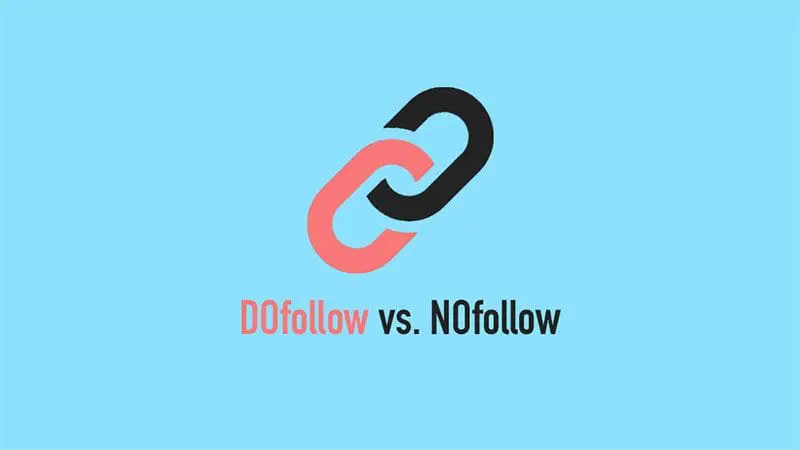Nội dung
An effective content marketing strategy is not just about creating good and relevant content but also about applying techniques and tactics that help market the content effectively and bring higher benefits. Nofollow and Dofollow are the types of links you need to know to create a good content marketing strategy.
Let’s explore the difference between Nofollow and Dofollow links and how to use them effectively for SEO with AZDIGI.
Building Links in SEO
Before understanding the difference between Nofollow and Dofollow, we need to have a clear understanding of how link building works in SEO.
When a website or blog receives a new link, it helps improve its ranking on Google. Links are the means through which we reach and have the opportunity for new readers to find our websites or blogs. This helps your customers find you easily and positions you better in Google search results.
Typically, Google’s algorithm identifies the internal and external links pointing to your website. If there are many links, it automatically understands that it is a good website/blog and suggests it for relevant searches. This is the main purpose of SEO.
However, not all links are truly good for your website. Let’s find out about Dofollow and Nofollow links!

Nofollow and Dofollow Links
What is a Dofollow Link?
Dofollow links are links that allow Google and other search engines to follow and crawl the link from the referring page. When you insert a Dofollow link on your website, it can pass link equity back to you.
This means that pages or posts with Dofollow links will be considered in Google’s search ranking.
Note: When inserting external links into your blog, make sure that the links come from reputable websites, highly rated by users, and trustworthy.
What is a Nofollow Link?
Contrary to Dofollow links, Nofollow links are links that you can insert, but they don’t point back to you. They also don’t improve the website’s ranking or have a better position in SERP (Search Engine Results Page).
Websites with Nofollow links have an HTML tag similar to:
<a href=”https://www.nameofthesite.com/” rel=”nofollow”> Link Text </a>.
This tag serves as a signal to search engines, indicating that the link should be ignored and not counted for ranking purposes on your website.
You can use tools like SEMRush to identify whether a link is Nofollow or Dofollow before inserting them into the content on your website.
So why do people have their websites or blogs as Nofollow?
After understanding the difference between these two types of links, you might have realized why companies or experts often keep their websites or blogs as Nofollow. This type of link benefits the linking party and the linked parties.
This helps limit the possibility of bad websites pointing to your website and making it look unfavorable, which can negatively impact your SERP ranking. On the other hand, Dofollow links help your website get linked by reputable websites, which in turn earns you higher evaluation from Google.
Whether it’s Nofollow or Dofollow, both types of links have their own benefits. Therefore, through this article, I hope it helps you distinguish their roles and usage, so that you can place these links appropriately to support better SEO practices.

